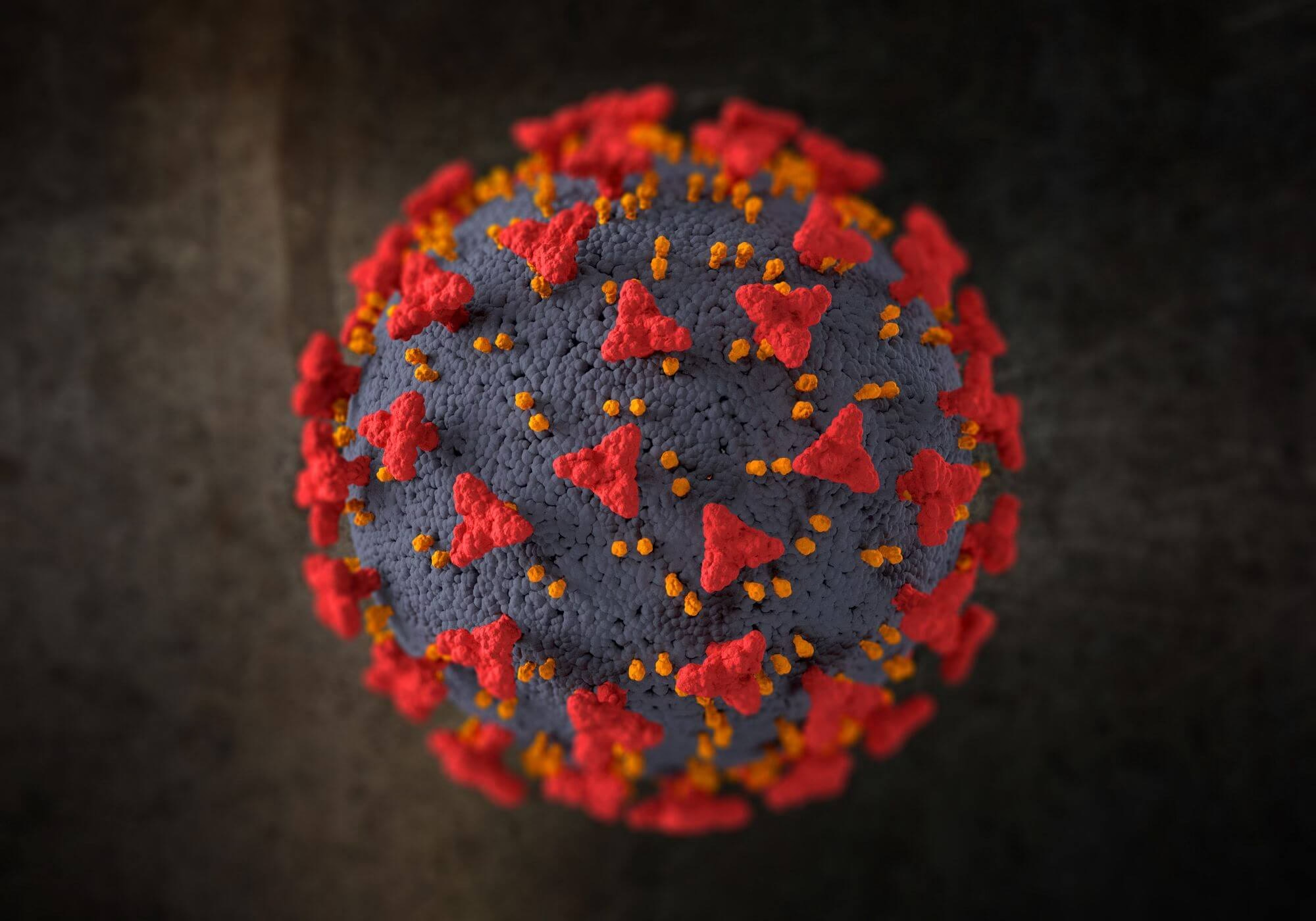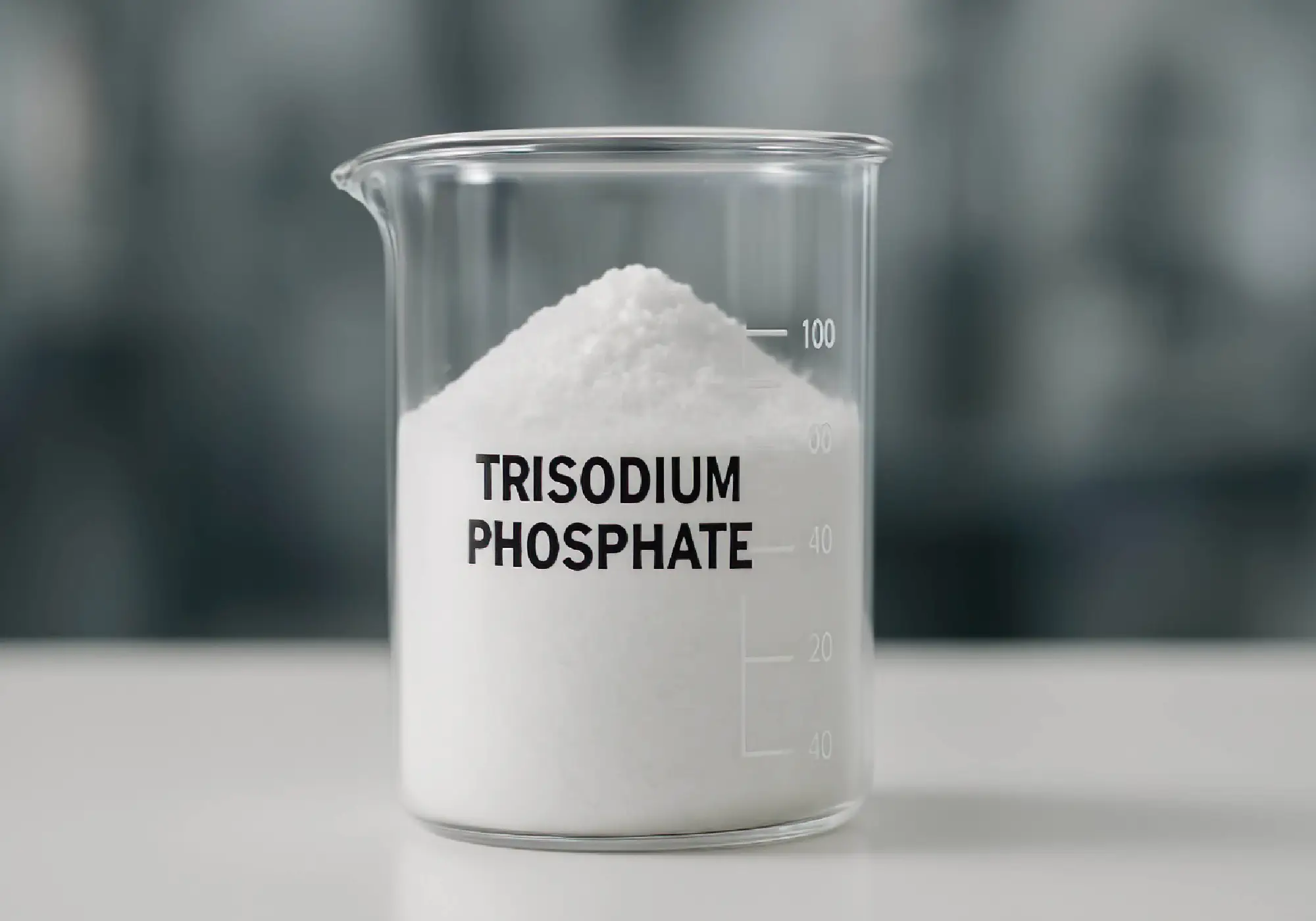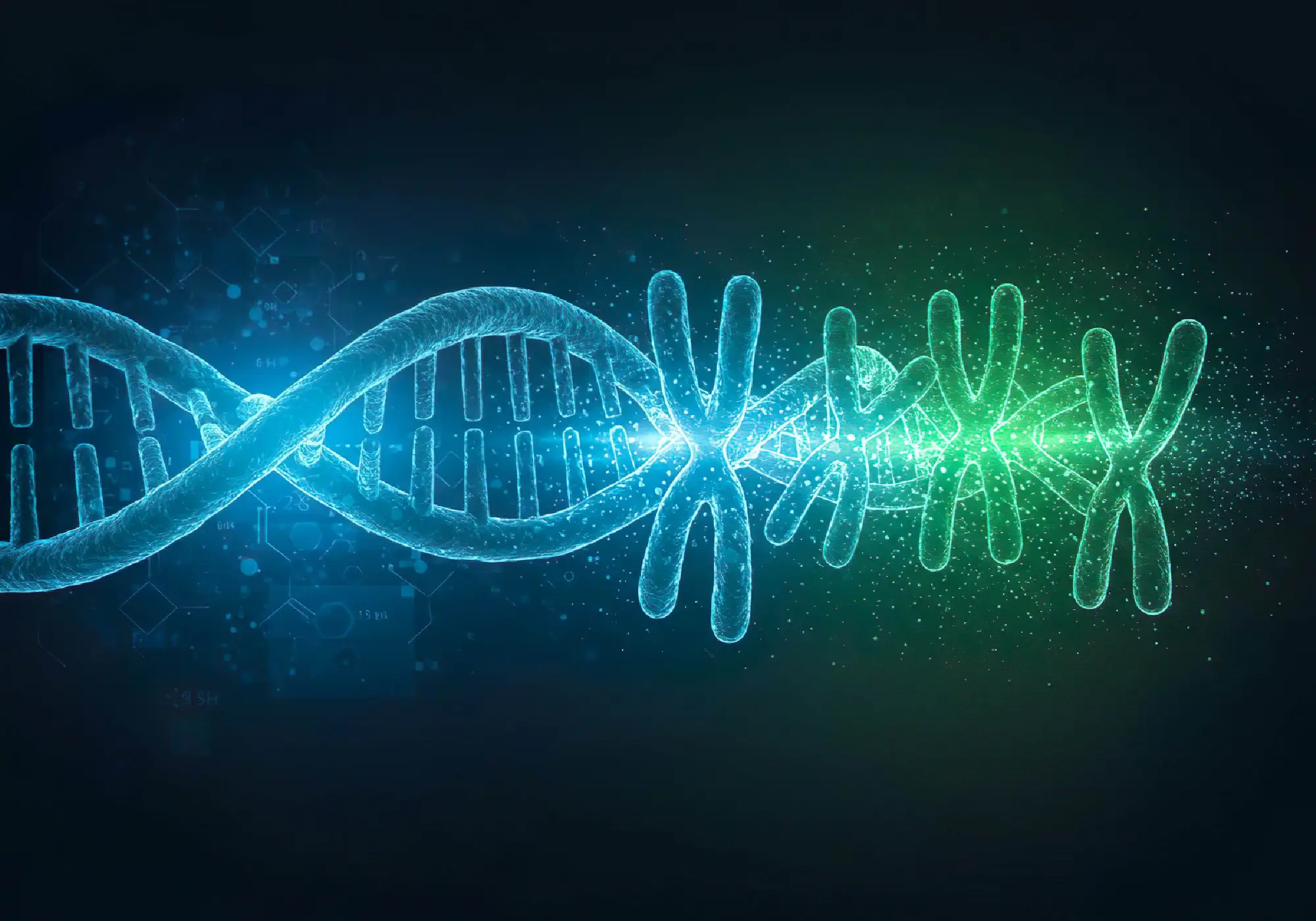Diseases affect cell structure and function profoundly, disrupting the cytoskeleton for shape loss, inducing viral cytopathic effects like cell rounding, causing organelle dysfunction in energy crises, and triggering chromatin reorganization that alters gene expression—insights vital for advancing therapies in conditions like Alzheimer’s and tendinosis.
Trisodium Phosphate in Industrial Chemistry: Properties, Applications, and Safety Guide
Trisodium phosphate (TSP) is a powerful chemical used in many industrial settings, including boiler rooms and food processing plants. This versatile alkaline compound is essential for tasks such as water treatment, heavy-duty cleaning, and adjusting pH levels. Its effectiveness makes it valuable across various industries, even as environmental regulations change.
Human Genes Mapping: Process, Importance, and the Future of Genome Research
In July 2025, scientists showed the clearest picture of the human genome so far, solving difficult areas and setting a new goal for accurate medical treatment. Mapping human genes finds and shows where genes are on chromosomes, helping us understand how they affect traits and diseases.
Schrödinger’s Cat Thought Experiment Explained: Removing the Famous Quantum Physics Paradox
Schrödinger’s cat paradox shows a strange idea in quantum physics: particles can be in more than one state at the same time. The cat was never really dead and alive, but this idea led to important advancements in quantum computing and secure communication.




